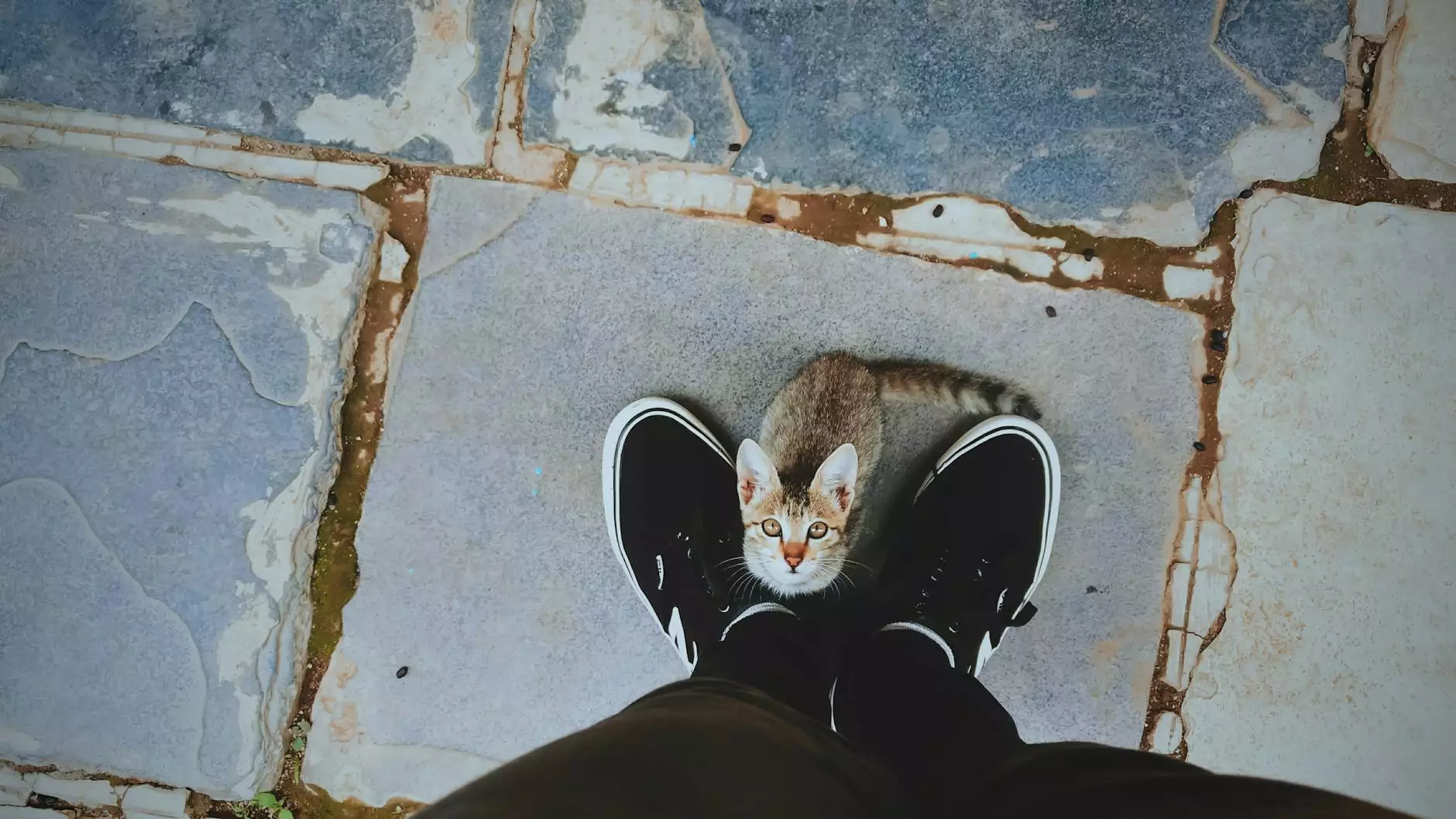What is a Plantar Wart?
Orthopedic Surgery
A plantar wart is a common skin condition that affects the sole of the foot. It is caused by the human papillomavirus (HPV), which enters the body through small cuts or breaks in the skin. Plantar warts often appear as small, rough growths that can be painful when pressure is applied.
Causes of Plantar Warts
Plantar warts are typically contracted by walking barefoot in public places such as locker rooms, swimming pools, and communal showers. The virus thrives in warm, moist environments, making these areas particularly conducive to its spread. Individuals with weakened immune systems are also more susceptible to developing plantar warts.
Symptoms of Plantar Warts
The symptoms of a plantar wart may vary from person to person, but commonly include:
- Pain or discomfort when walking or standing
- Small, grainy growths on the sole of the foot
- Thickened skin or calluses over the wart
- Black dots in the center of the wart (caused by small blood vessels)
Treatment Options
There are several treatment options available for plantar warts. It is important to consult with a qualified healthcare professional, such as the specialists at Bowling Orthopaedics, to determine the most appropriate treatment plan for your specific case.
1. Topical Medications
Topical medications containing salicylic acid can be applied directly to the affected area to gradually remove the wart. These medications work by breaking down the layers of the wart over time. It is essential to follow the instructions provided by your healthcare professional or the medication packaging for optimal results.
2. Cryotherapy
Cryotherapy involves freezing the wart with liquid nitrogen, which causes the affected tissue to die and fall off. This procedure is usually performed by a healthcare professional and may require multiple sessions for complete wart removal.
3. Laser Treatment
Laser treatment is a minimally invasive option that uses a focused laser beam to destroy the wart tissue. This procedure is performed in a medical setting and may require local anesthesia. Laser treatment is effective in targeting the wart without damaging the surrounding healthy tissue.
4. Surgical Excision
In cases where other treatments have been unsuccessful, surgical excision may be recommended. This involves surgically removing the wart under local anesthesia. It is important to note that surgical excision may result in scarring.
Preventing Plantar Warts
While it is not always possible to completely prevent plantar warts, there are measures you can take to reduce your risk of contracting them:
- Wear protective footwear, such as flip-flops, in public places
- Avoid walking barefoot in locker rooms, swimming pools, and communal showers
- Keep your feet clean and dry
- Avoid touching or picking at existing warts
- Strengthen your immune system through a healthy lifestyle
Contact Bowling Orthopaedics for Professional Guidance
If you suspect you have a plantar wart or require further information, do not hesitate to reach out to Bowling Orthopaedics. Our experienced team can provide accurate diagnosis, personalized treatment plans, and ongoing support. Don't let plantar warts disrupt your daily activities - contact Bowling Orthopaedics today!




